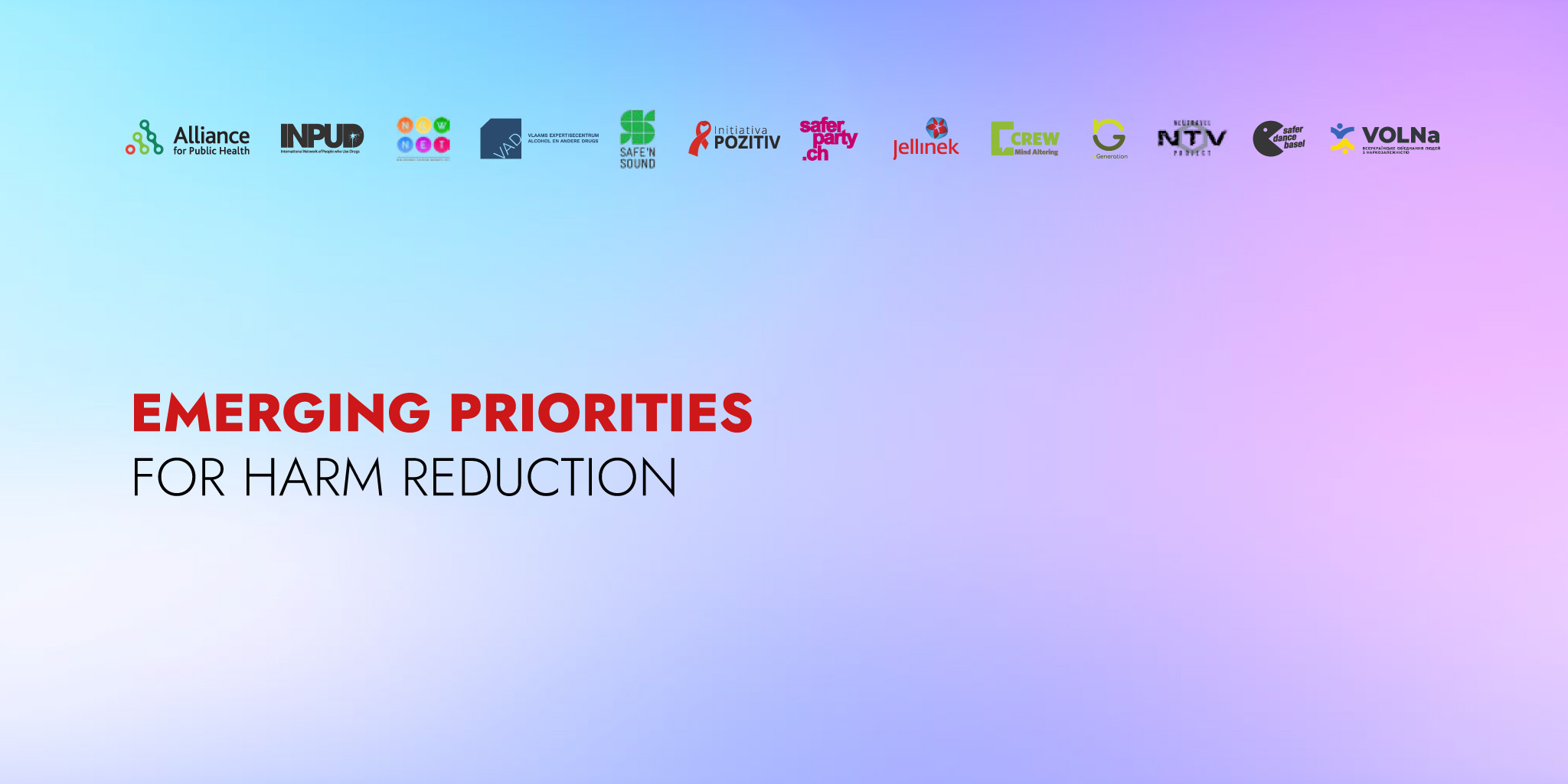Alliance for Public Health together with representatives of International Harm Reduction Professional organizations, presents a strategic document: “Emerging priorities for the reduction of harms associated with recreational use of psychoactive substances in Eastern, South Eastern Europe and Central Asia”.
Despite the enormous efforts invested to prevent and eliminate the use of psychoactive substances (PAS), the evidence suggests that a relatively stable proportion of the population continue using PAS. According to global estimates, 5.6% of the world’s adult population has used drugs at least once in the past 12 months (as of 2020).
This strategic document identifies priorities and methods of harm reduction work aimed at addressing the challenges associated with the use of PAS. Harm reduction is considering as a key component of the modern approach to drug use and represents an effective response to a wide range of problems that can arise from the use of PAS.
“The new paradigm of humanity’s relationship with psychoactive substances opens up opportunities for us to use them for the good, based on scientific research. It is important to remember that the modern approach to PAS is based on understanding the various factors and individual needs of communities of people who use PAS. This document is a step to a more balanced and humanitarian approach to the problem of the use of psychoactive substances,” said Vyacheslav Kushakov, Senior Adviser of the ICF “Alliance for Public Health” and the main ideological author of the developed recommendations.
The key principles and methods of harm reduction work, according to the recommendations:
- A relatively stable share of the population choses to use psychoactive substances (PAS) despite the significant efforts. Harm reduction is an effective approach that complements supply and demand reduction measures.
- PAS use is a complex phenomenon and harm reduction work must be adapted to the diversity of substances, patterns and circumstances of their use.
- The priority in the countries of Eastern, South Eastern Europe and Central Asia is work focus on highly problematic injecting use.
- Harm reduction services should reach not only those with problems, but also those who are just beginning to experiment with or use PAS recreationally.
- Resources and efforts in the field of harm reduction must be allocated rationally, taking into account different groups ofdrug consumers and their needs.

